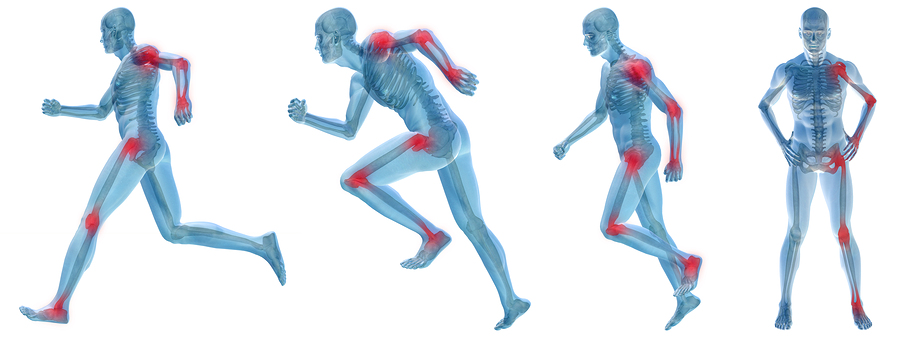PRP Injections – Are they for you?

You may have heard PRP mentioned by your favourite sports celebrities or via locker room chatter at the gym. And now you're wondering - just what is PRP and is it right for you?
PRP stands for “platelet rich plasma” and it's use has been growing throughout North America as a treatment of choice for many orthopedic injuries and conditions. Professional athletes, among others, have used PRP and claim it allowed them to return to competitive form more quickly after a sports injury. PRP injections may be offered as part of our Toronto physiotherapy and sports medicine services.
Over the years, the anecdotal evidence has been mounting, accompanied by dozens of international clinical studies that back up PRP's effectiveness in aiding the healing process for a variety of injuries that are often hard to treat. Tendons and ligaments naturally receive little blood supply, which is why they are notoriously difficult to heal. Tendons and ligaments are injured when they are over stressed, either by chronic repetitive movements or by a sudden injury. Previously, this type of injury or condition was treated with pain medications, physical therapy and surgery if warranted.
Internationally, many studies have found that PRP does provide significant benefits, including:
- Pain relief;
- Improved joint function and range of movement;
- Postponing the need for knee replacement or other orthopedic surgery.
In one study that compared PRP to other treatments, the benefits were still observed six months later.
PRP has been observed to be of particular use for specific conditions such as osteoarthritis of the knee, and in certain groups of patients, such as among younger, active patients with injuries to cartilage - the reason why it's become the celebrity sports star's treatment of choice. It is one of the most popular treatments for relevant conditions at our Toronto physiotherapy and sports medicine clinics.
How Does PRP Work?
The largest component of our blood is a liquid called plasma. In that plasma, you'll find the red and white blood cells and tiny platelets that, together, give it the red colour and consistency we're familiar with.
Platelets are much smaller than red or white blood cells. They are used in the clotting process and they also contain proteins called growth factors. As the name implies, growth factors play a key role in the regeneration of tissues and the healing process as a whole. PRP works on the principle of accelerating that healing process by increasing the percentage of platelets in the blood.
- First, blood is taken from you, the patient;
- Then, the platelets are separated out from the other blood cells;
- They undergo a process called centrifugation that increases their concentration;
- The platelets are recombined with the rest of the blood and then reintroduced into your body.
While the process itself is not yet entirely understood, it is believed – and the anecdotal evidence backs it up – that PRP speeds up the healing process, so it can be used to prevent worsening of a condition or in conjunction with surgery. It has been found to be effective in treating a variety of conditions, including:
- Tennis elbow
- Chronic Achilles tendinitis
- Jumper's knee (inflammation of the patellar tendon)
- Acute injury to ligaments and muscles
- Pulled hamstring
- Knee sprains
- Plantar fasciitis
- Torn rotator cuff and other shoulder injuries
- ACL and other tears to knee ligaments
- Arthritis – reduces pain
- Bone fractures and other injuries
- Chronic tendon injuries
It can also be used to help speed up recovery after surgery and is often used at our clinic as part of our Toronto sports medicine suite of services.
PRP – and Physiotherapy
The growth factor and enzymes that are injected into the affected area of your body with PRP take some time as they help to stimulate your body's own healing processes. At first, you may actually experience mild side effects such as pain or irritation at the injection site. That may persist for several days. Your treating medical practitioner may recommend that you use a brace or take other precautions during the first week or so after your PRP injection.
PRP injections are the first step in a multi-stage rehab process. After the injections, physical therapy helps to improve strength and conditioning along with teaching you how to protect the area from further injury.
Even if you are still able to function and you may not think that any real treatment is necessary, continued use of an injured tendon or ligament will simply lead to further injury and degeneration over time. An untreated injury is tomorrow's degenerative condition and PRP has proven to be an effective tool that can help in furthering rehab and recovery.
For more information on PRP injections and our physiotherapy Toronto services please call one of our clinics in the Toronto area – including Hamilton – or visit our website today.















